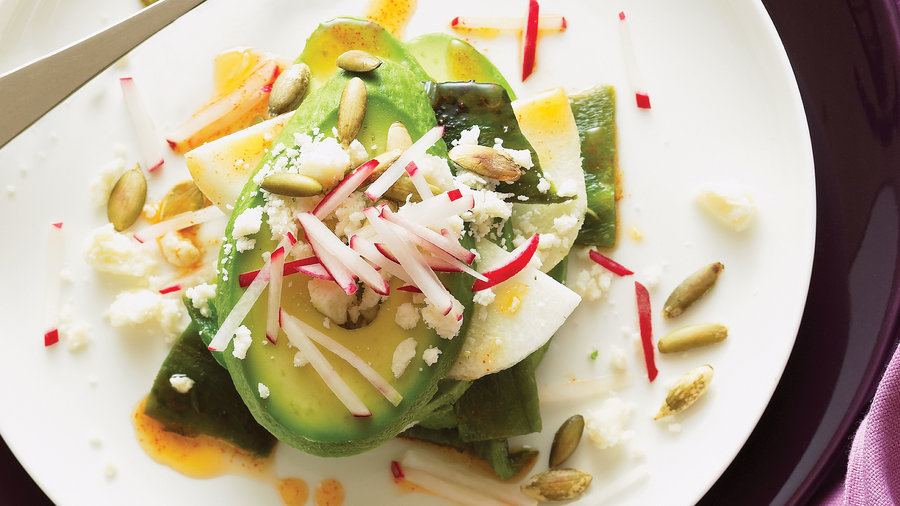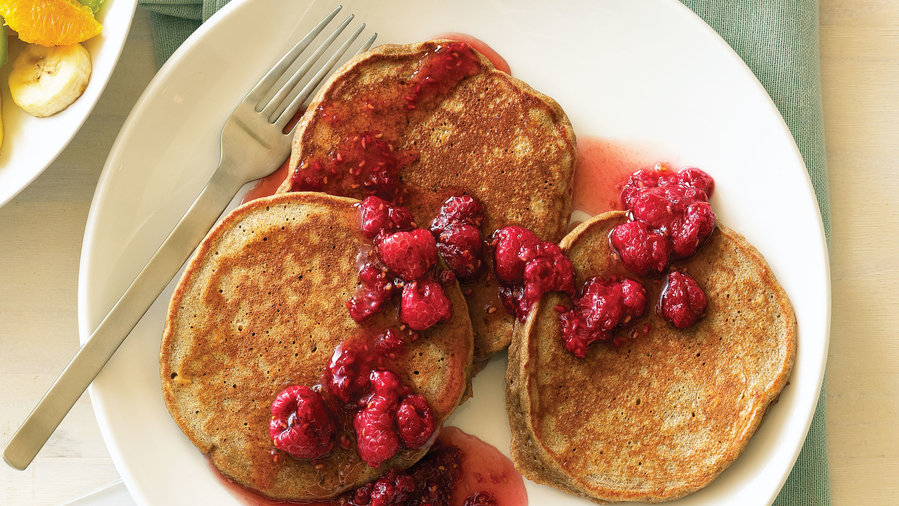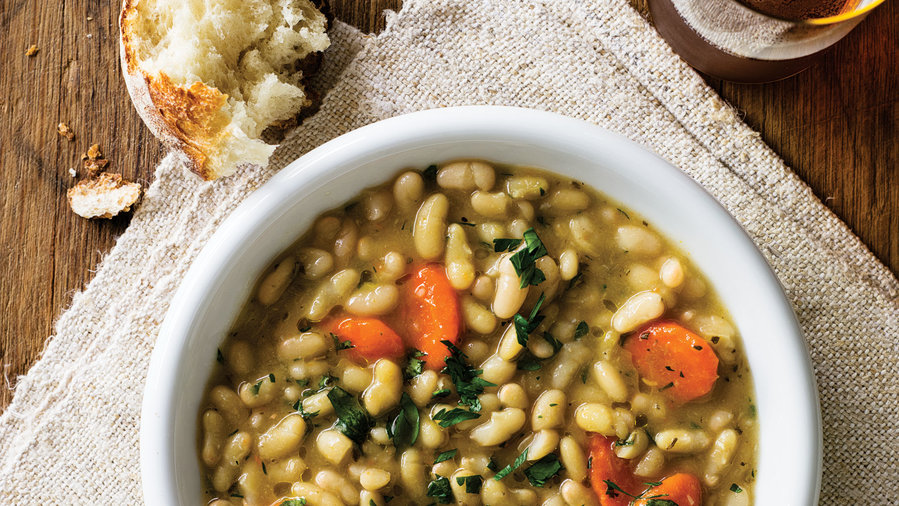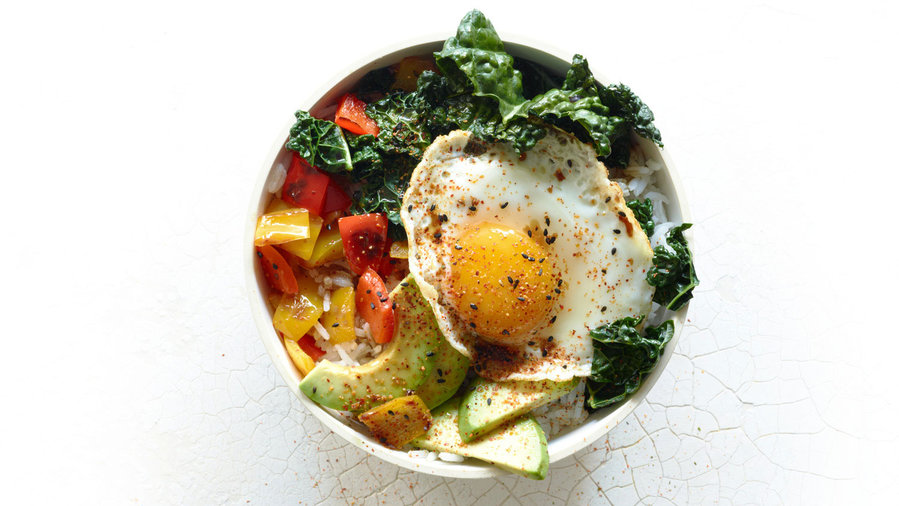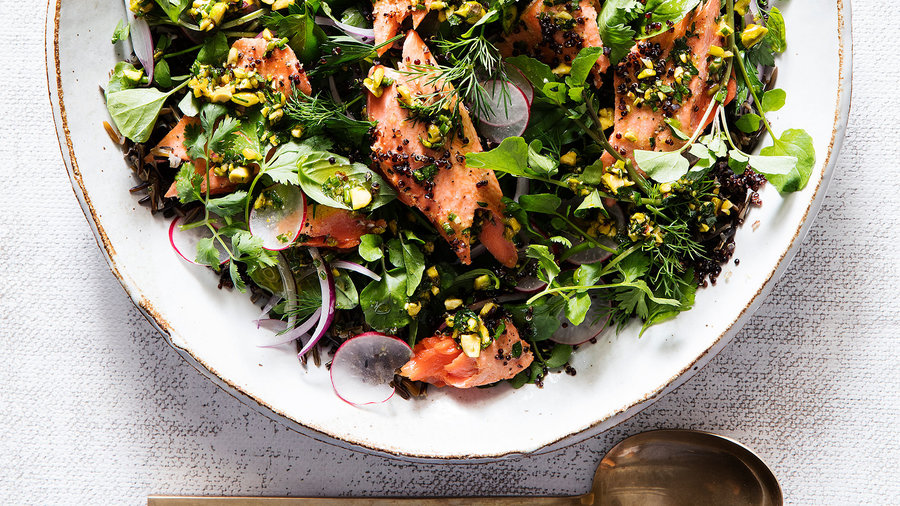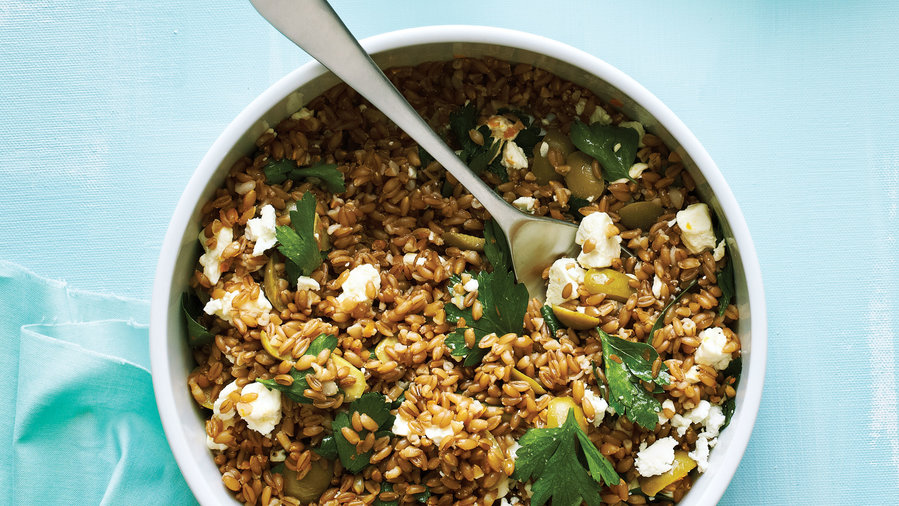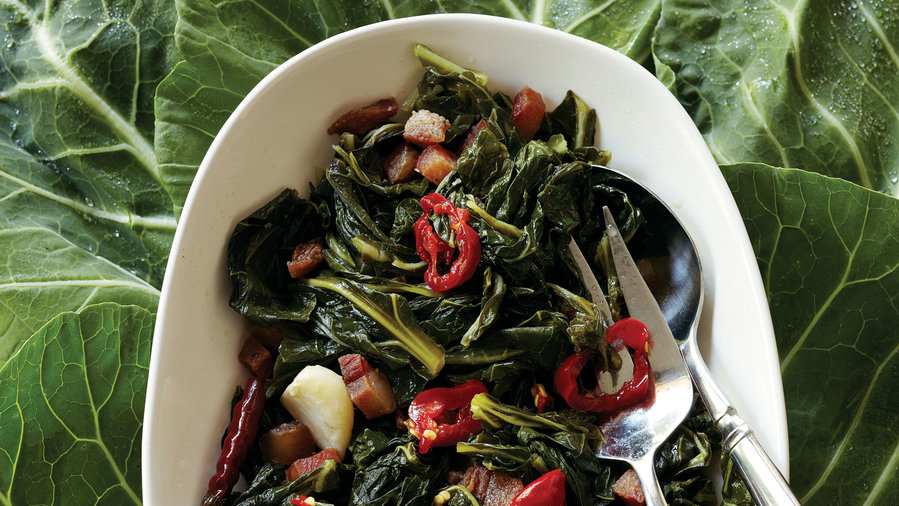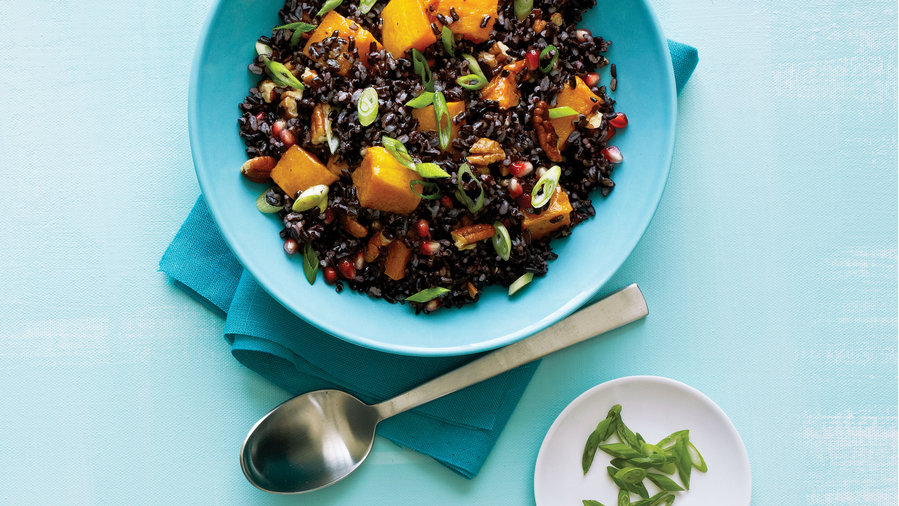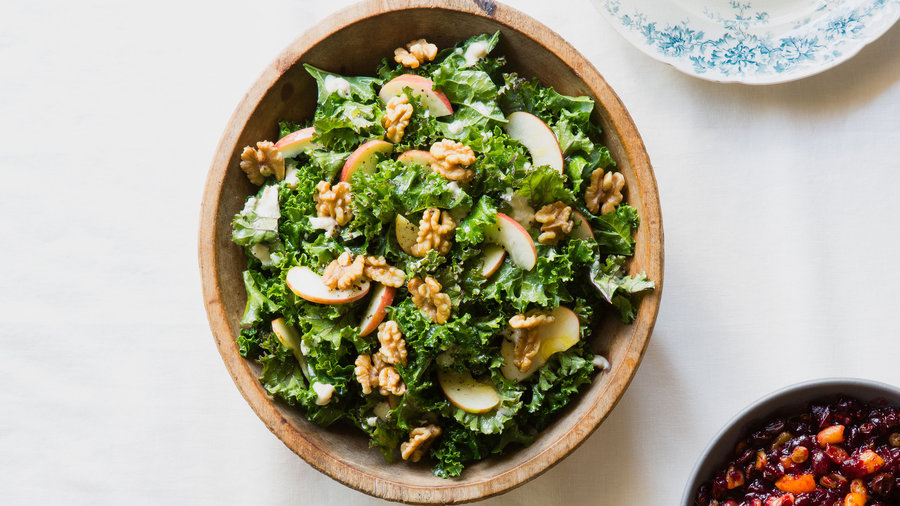Annabelle Breakey
Avocados
- Recipes: 21 ways to savor avocados
We love creamy, buttery, nutty tasting avocados smeared on toast and mashed for guac. But there are more reasons to enjoy them. This Central American native is high in monounsaturated fat, which may help lower LDL (also known as “bad”) cholesterol. Avocados are also high in fiber, folate (important for cell reproduction), and potassium (key in cardiovascular health).
Annabelle Breakey
Berries
- Recipes: 37 fresh berry recipes
Juicy, sweet-tart raspberries, blueberries, strawberries, and blackberries rank among the most popular foods around. The compounds that create their beautiful red and blue colors are also the source of powerful phytochemicals that may help protect against cancer and cardiovascular disease. Berries contain lots of fiber, and strawberries are a great source of vitamin C.
Iain Bagwell
Citrus
- Recipes: 52 ways with citrus
Refreshing oranges, lemons, limes, and grapefruit taste like winter sunshine. They’re famously high in vitamin C, but their benefits don’t end there. Pink and red citrus varieties, including grapefruit, Cara Cara oranges, and blood oranges, contain vitamin A and a compound called lycopene; the latter may help protect against cancer, heart disease, and sun damage to the skin.
Yunhee Kim
Dried beans and lentils
- Recipes: 30 outstanding ways to cook beans
Earthy tasting, satisfying dried beans and lentils have sustained humankind for millennia. Low in fat but high in protein, B vitamins, iron, and folate, they also have plenty of fiber, which means they keep you feeling full long after you eat them.
Annabelle Breakey
Eggs
- Recipes: 70+ ways with eggs
“Put an egg on it” has become a cook’s shorthand for a fast meal, and for good reason. Sizzled, scrambled, or baked, the versatile egg provides high-quality protein in a handy little package. Eggs are an important source of vitamin B12, essential in forming healthy red blood cells and DNA. Eggs contain additional B vitamins and minerals, too, plus compounds that contribute to eye health.
Erin Kunkel
Fish
Recipes:
Oil-rich fish like salmon, trout, and sablefish (aka black cod) are nutrition heavy-hitters. They’re the best dietary source of Omega-3 fatty acids, which are important for heart health and possibly a key player in controlling inflammation, mood swings, and eye disorders. The fish are also high in protein. But we love these oily fish most for their full flavor and silky texture.
Annabelle Breakey
Whole grains
- Recipes: 18 ways with whole grains
Just as the name promises, whole grains contain every part of the kernel, including the nutritious outer covering, or bran (the source of B vitamins, minerals, and fiber), and the inner germ (which provides vitamin E, polyunsaturated fat, and B vitamins). This incredibly versatile and varied group of foods contains everything from tiny amaranth that cooks up soft and porridge-like, to fluffy quinoa, to chewy jet-black wild rice.
Yunhee Kim
Leafy greens
- Recipes: 49 ways with fresh greens
In fall and winter, markets overflow with spinach, kale, chard, and more greens, promising vitality and a slew of vitamins in every leafy bunch. For starters, these nutritional giants are loaded with vitamins A and C, folic acid, and calcium. Then there’s vitamin K (important for blood clotting and healthy bones), and phytochemicals that help protect against heart disease and cancer, and encourage healthy eyes. On the eating end of the equation, cold weather turns leafy greens milder, sweeter, and so tasty you just might want seconds.
Annabelle Breakey
Winter squash
- Recipes: 34 ways with winter squash
Butternut, kabocha, pumpkin—these are just a few of the many varieties of winter squash. They may look different, but they share a sweet flavor, versatility in the kitchen, and a host of powerful nutrients. Top of the good-for-you list is beta-carotene, a yellow-orange pigment with antioxidant and anti-inflammatory capabilities. Then there are vitamins C and E, potassium (helpful in preventing hypertension), several B vitamins, folate, iron, and fiber.
Erin Kunkel
Nuts and seeds
- Recipes: 52 dishes with nuts
Flavor. Crunch. Rich satisfaction. These are great reasons to enjoy nuts and seeds by the handful and incorporated into recipes. More reasons: The fat in nuts and seeds is primarily monounsaturated, the kind that helps lower blood cholesterol. High in protein, they’re a go-to choice for vegetarian cooking. Nuts and seeds pack plenty of fiber, and almonds and hazelnuts are excellent sources of vitamin E.
Thomas J. Story
Yogurt
- Recipes: 18 favorite yogurt recipes
In its pure, unsweetened form, creamy and deliciously tangy yogurt is a culinary star, livening up soups, marinades, salads, sauces, drinks, and desserts. Nutritionally it’s a great source of calcium, protein, B vitamins, and minerals. If you choose a kind that contains live cultures, the bacteria may promote healthy microflora in the gut and may enhance immunity.
